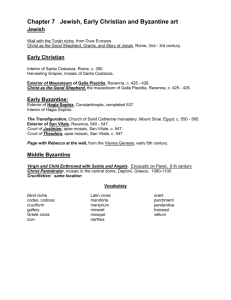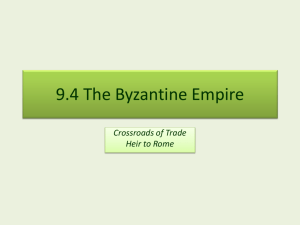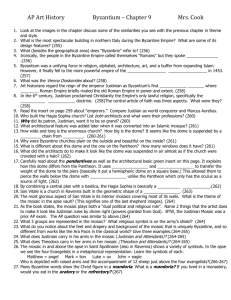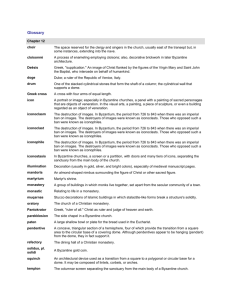Byzantine Art PowerPoint
advertisement
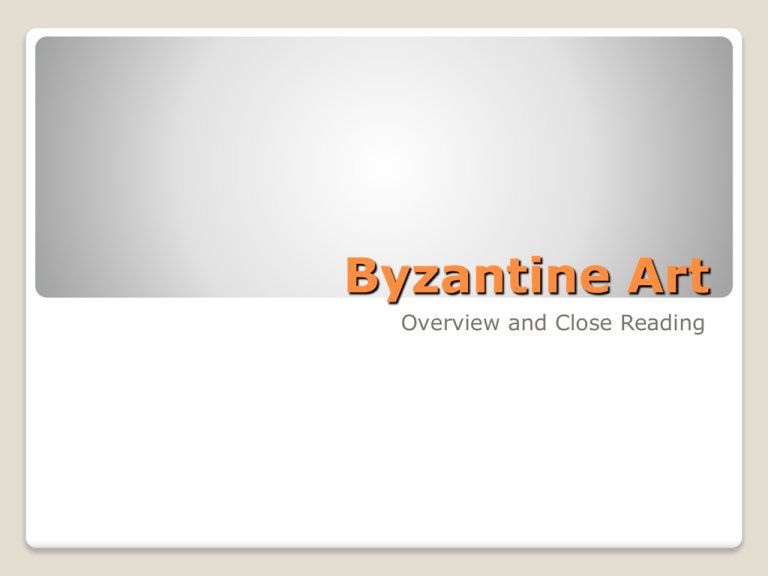
Byzantine Art Overview and Close Reading Terms for Close Reading Abstraction Illusionism Medium Symbolism Stasis/Dynamism Realism Greco-Roman (or Classical) Art Discus-Thrower, Greece C. 450 B.C.E. Greco-Roman Art Column of Marcus Aurelius 193 C.E. Details of Barbarian Women from Column of Marcus Aurelius Transition to Byzantine Art Diocletian Reform: Tetrarchy (315 C.E.) Justinian and His Men, c. 546 CE By 5th Century, 3 dimensional sculpture no longer produced. Byzantine art is interested in 2-D surfaces Expresses spirituality, de-emphasizes the body Christ from Hagia Sofia Iconoclasm Controversy Icon – 2-dimensional image of holy figure Church permits starting 3rd Century Iconoclasts: images = idolatry. 730 Emperor Leo III calls for destruction of all icons. Islam’s victories motivate iconoclasts Conflict in Byzantine Empire for 100+ years. Strain between Rome and East Great Schism of 1054 The Iconoclastic Transition 726-843 CE The Virgin Hodegetria • “Wayshower” • Mary’s hand indicates path to salvation • Jesus’ gesture is one of blessing; thumb over forefingers symbolic of Trinity • An icon form duplicated endlessly • Gold-fringed purple mantle indicates imperial status Hagia Sophia – Church of Divine Wisdom Hagia Sophia Built 532-537 CE Largest cathedral in the world for 700 years Justinian: “Solomon, I have surpassed thee.” Later a mosque (minarets), now museum Metalwork Double sided pendant Mary (opposite side, Jesus) 12th Century Materials reflect wealth of society
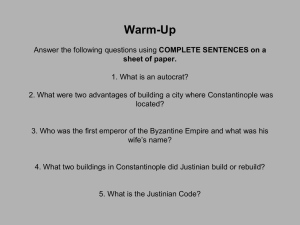
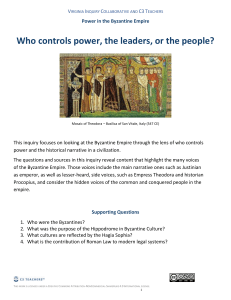
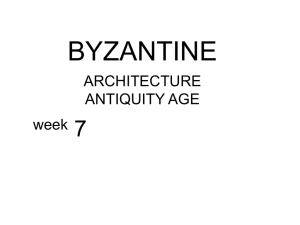
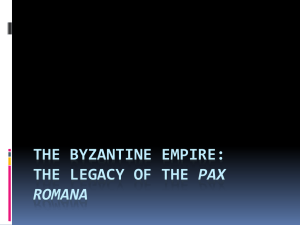
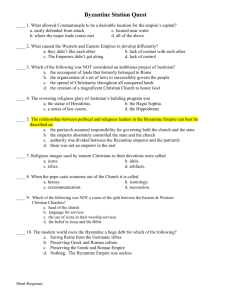
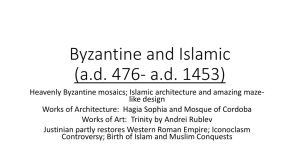
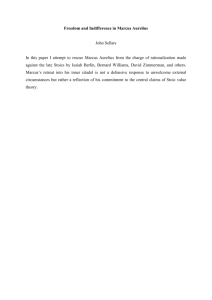
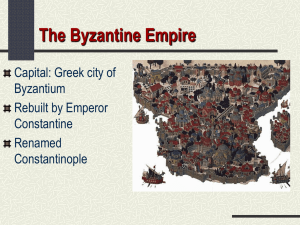
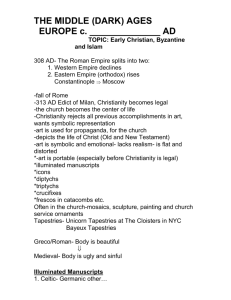
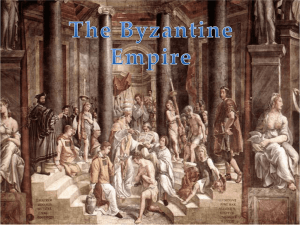
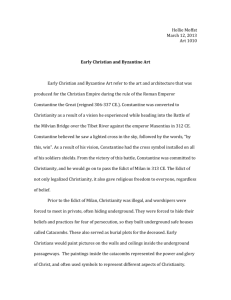

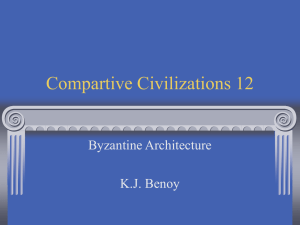
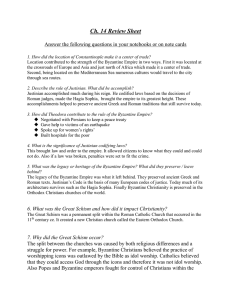
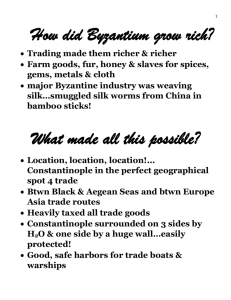
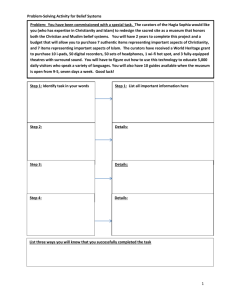
![Procopios: on the Great Church, [Hagia Sophia]](http://s3.studylib.net/store/data/007652379_2-ff334a974e7276b16ede35ddfd8a680d-300x300.png)
